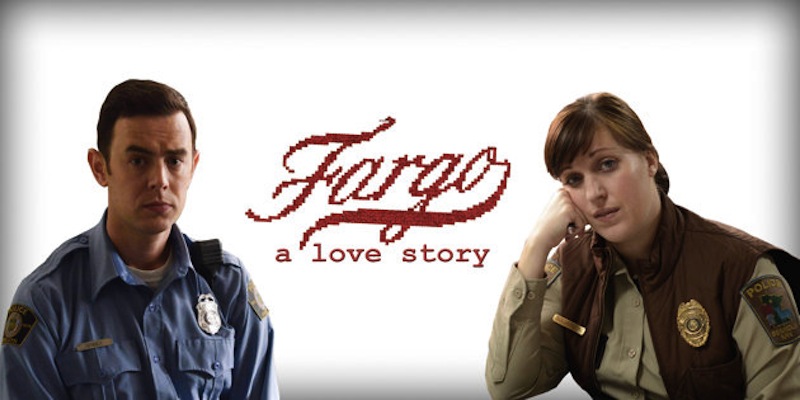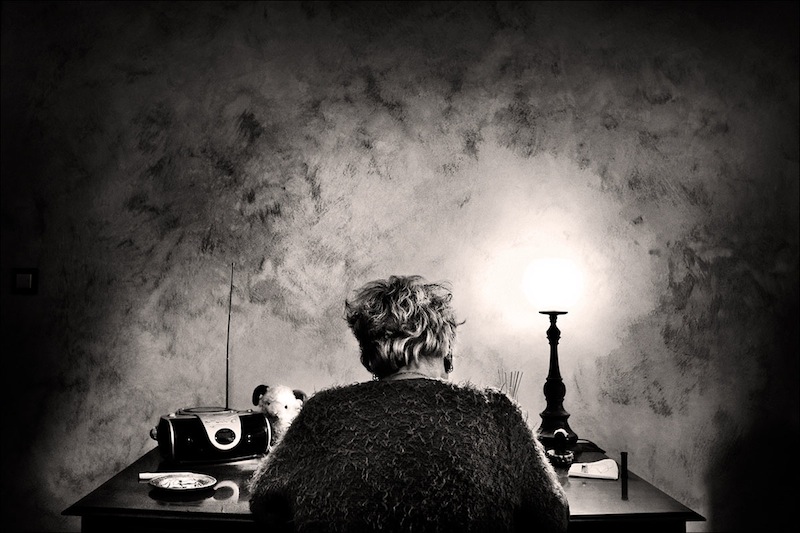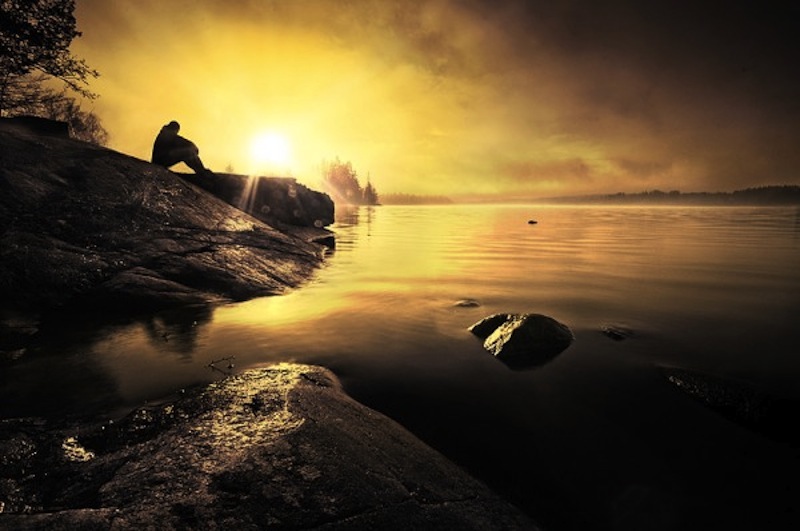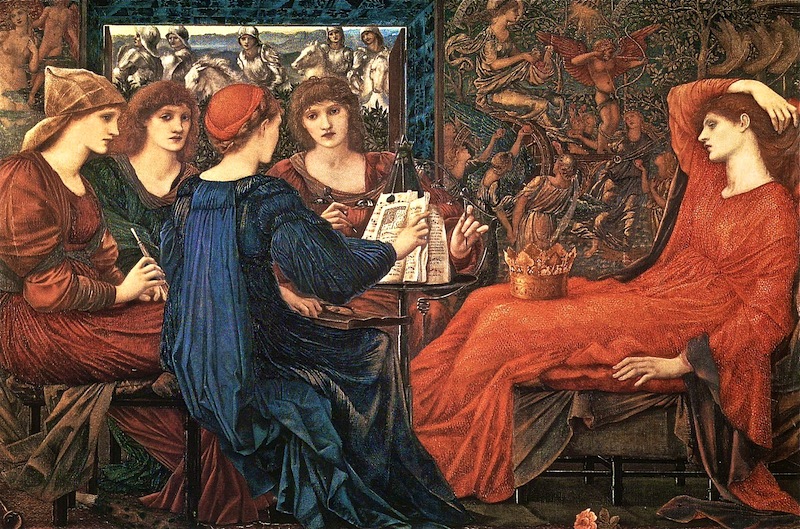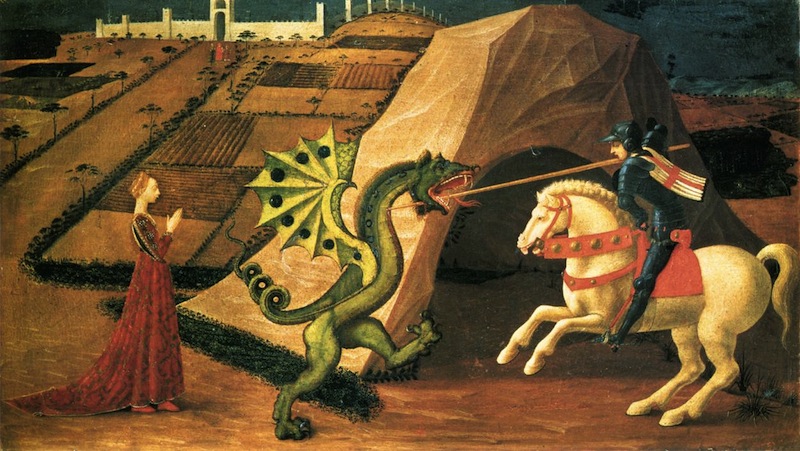The Ethics of Elfland
Justin Ryals
 In his book Orthodoxy, G. K. Chesterton wrote a chapter evocatively titled "The Ethics of Elfland," in which he relates how his philosophy of the real world is best mirrored in the world of classical fairy tales (think Brothers Grimm, Andrew Lang, George MacDonald, or the like). For example, the nature of the world in a fairy tale is magic; for Chesterton, likewise, the real world itself is magic. As he stated, "stories of magic alone can express my sense that life is not only a pleasure but a kind of eccentric privilege." The world of the fairy tale and our own world are equally inexplicable in terms of why they are there or are the way they are. Both are equally startling and unnecessary, equally wonderful. Reality is a pure gift. The sun and planets and stars all "hang about" in the sky. Does "gravity" make that fact any more inherently explicable since gravity itself just adds one more thing equally inexplicable in its being and nature as the rest? Is the explanation of gravity any less peculiar, or indeed logically any different — on an ontological level — from saying that a magic spell holds them there?
In his book Orthodoxy, G. K. Chesterton wrote a chapter evocatively titled "The Ethics of Elfland," in which he relates how his philosophy of the real world is best mirrored in the world of classical fairy tales (think Brothers Grimm, Andrew Lang, George MacDonald, or the like). For example, the nature of the world in a fairy tale is magic; for Chesterton, likewise, the real world itself is magic. As he stated, "stories of magic alone can express my sense that life is not only a pleasure but a kind of eccentric privilege." The world of the fairy tale and our own world are equally inexplicable in terms of why they are there or are the way they are. Both are equally startling and unnecessary, equally wonderful. Reality is a pure gift. The sun and planets and stars all "hang about" in the sky. Does "gravity" make that fact any more inherently explicable since gravity itself just adds one more thing equally inexplicable in its being and nature as the rest? Is the explanation of gravity any less peculiar, or indeed logically any different — on an ontological level — from saying that a magic spell holds them there?
The being of the world, and of ourselves, cannot be "solved" by pointing to a natural causal chain. Each link is as inexplicable and "magical" in its being as any other. A place where eggs turn into birds and caterpillars transform into butterflies, for Chesterton, is best captured in the language of the fairy tale: "We must answer that it is magic. ... A tree grows fruit because it is a magic tree. ... The sun shines because it is bewitched." The "magic" of a world that enchants us is not merely an impression but an insight.
The only reason the "real" world is not a realm of "magic" but one that is "disenchanted" (as Max Weber said) or dead is because it has been narrated that way, and it has shaped our consciousness and imagination. It perhaps gives us a sense of complacent calm or control to think of the world as not "magical" in this way, for it calls forth no response from us and we may shape it according to our will. But when we think of a fairy tale as magical and lived life as "just the real world," these are mere abstractions of our minds. The question is, are we going to interpret reality according the "dead" and "humdrum" metaphor of "the real world" or according to the profound depths so well captured in the metaphor of the fairy tale? The modern world sees the universe as dead because it is looking in a mirror at itself — its own abstraction projected onto the world. Yes, the natural world is full of interrelated patterns, but its patterns are that of the artist or the storyteller rather than of the fatalist or determinist.
Chesterton was not disparaging the legitimate place of scientific inquiry and discovery, though he thought that science pointed to a world as magical in its wonders and mysteries as any fairy tale. Rather, he was speaking of the nature of ontology, and the all-too-common fact that we take the being of the world and all its particularities for granted, when they are anything but "granted;” or rather, properly speaking, they are granted, and that's what's so astonishing — we are, they are. As I've quoted Chesterton before, there is within us "a forgotten blaze or burst of astonishment at our own existence" that we search for (Autobiography, 97). He concludes with this:
"Thus ends, in unavoidable inadequacy, the attempt to utter the unutterable things. These are my ultimate attitudes towards life; the soils for the seeds of doctrine. These in some dark way I thought before I could write, and felt before I could think ... I felt in my bones; first, that this world does not explain itself. ... The thing is magic ... Second, I came to feel as if magic must have a meaning, and meaning must have some one to mean it. There was something personal in the world, as in a work of art; whatever it meant it meant violently."
(Painting by Teun Hocks)


